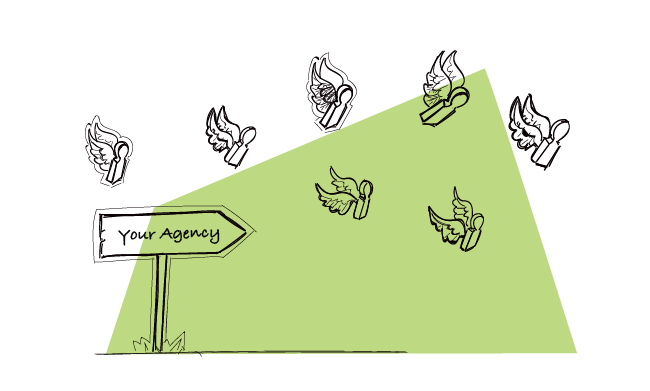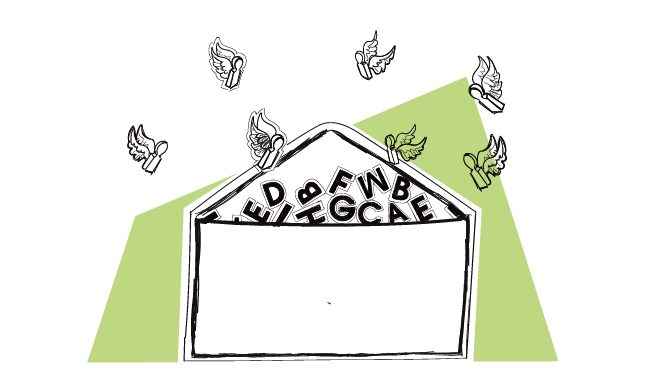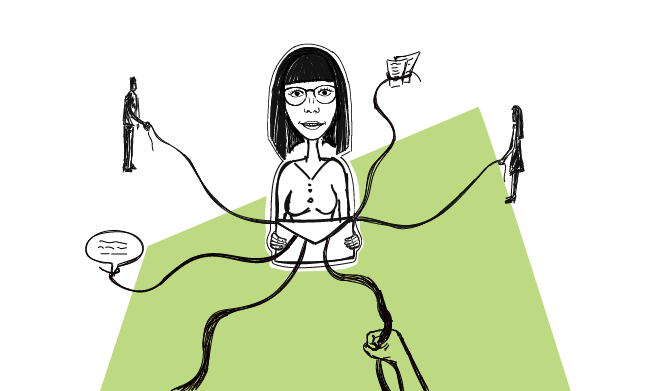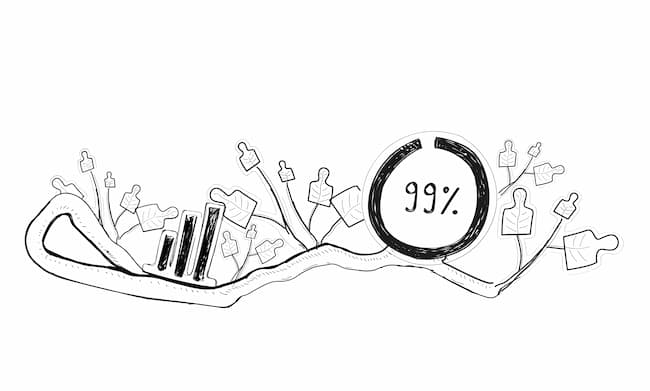As a middle-man handling the communication between employers and candidates you’ve got a lot on your plate. There’s identifying the traits of a perfect candidate for a position, reaching out, and keeping track of who’s where in the recruitment process…
Would you like to make it easier? See how to communicate with candidates and employers after an interview.
How to write a follow-up email after an interview? (to an employer)
Craft a short and simple message to touch base after the interview and see whether the applicant met your client’s expectations or not. Your email may look as simple as this one:
Hi {{First_Name}}, How did the interview for {{Position}} go? Did you think {{Candidate’s_Name}} was a good fit for the job? Let me know your thoughts on this.
You should set up a follow-up message to this one. Why? Because your email might get buried under other messages, or your client may forget to write you back.
You might schedule the second message to go out after, let’s say, one or two days pass without your client’s response.
It’s easy to lose track of whom you already wrote to, who responded and who didn’t. That’s why an email automation tool could help you speed up and better organize the recruitment process.
Usually, we recommend providing additional value in our follow-up to convince the addressee to respond. In this case, though, since you already have a relationship with the hiring manager, just a few words should be enough. You just want to point them back to your previous message. Write in the same thread, so the client doesn’t need to look for your previous email.
Hi {{First_Name}}, Please let me know where we are on this. I think we really need to strike while the iron is hot if you guys are interested in {{Candidate’s_Name}}.
The good thing is that you don’t really need to wreck your brain while writing those emails. Just imagine you’re talking to your client face-to-face. What would you say? Tweak it a bit and you’re good to go.
How to write a follow-up email after an interview? (to an applicant)
There are two possible scenarios here: either your client is interested in a candidate or not. Regardless – you should inform the applicant which one it is.
#1 the ‘interested’ email
What information should you include?
The company’s name and position the candidate applied for – that’s for sure.
It’s also important to include a clear explanation of the next stage. What’s going to happen now – does your client want to meet up for a second interview? Or are they going to prepare an employment contract because they’re set on hiring the applicant? And if so, when is it going to happen?
In this case it’s also important to send the email as soon as you learn what your client’s decision is. Candidates often apply for several jobs or more, and the last thing you’d want as a recruiter is to learn that you won’t be able to successfully finish the hiring process simply because you’ve sent the follow-up email too late.
Your email might look like this one:
Hi {{First_Name}}, I’m writing regarding your interview with {{Company_Name}}. I talked to {{Interviewer}} and they’re definitely interested – they’d like you to come in for a second interview with their CEO. Does {{Time_and_Date}} suit you? Let me know by tomorrow. If you need any help, just let me know!
Or if your client already decided they want a certain applicant on board, your follow-up email after an interview might look like this:
Hey {{First_Name}}, Good news – {{Company}} loved you and are interested in hiring you as a {{Position}}. Congrats! Let me know if you’re interested in taking this offer so we can discuss the details, draft a contract for you and seal the deal. I’d need to know your decision by {{Date}}.
#2 the ‘not interested’ email
You should also inform the applicant if they didn’t land the job. Here’s what such an email might look like:
Hi {{First_Name}}! I talked to {{Interviewer}} from {{Company}} and unfortunately they’ve decided to go with another candidate. {{Interviewer}} wanted me to let you know that they were impressed with your {{Skill}} and would be willing to give you feedback about your application if you’d like, though. Best of luck in future interviews!
Over to you
So there you have it – some email templates to use as an inspiration for when you’re writing your follow-up email after an interview.
If you’d like to learn more about how recruitment agencies can use Woodpecker to streamline the recruitment process, check out this post.
READ ALSO

Recruiters: How Can You Use Woodpecker At Your Agency?
This blog post is for you, dear recruiters, hope that you will find it helpful in organizing and keeping track of your email outreach to individual job seekers and employers in need of a new hire.

Recruiting Email: How to Write It to Hire a Promising Talent
A couple weeks ago, we published an article about how recruiting firms use Woodpecker Agency Panel. Nonetheless, you don't need to be a staffing agency in order to create talent sourcing campaigns in Woodpecker. So, if you want to get into a proactive hiring process, here's how to write a recruiting email.

What Can You Use Cold Emails for in a SaaS Company, besides Outbound Lead Generation?
What’s the first thing that comes to our mind when we think of cold emails in a start-up? Prospecting. Lead generation. Finding new customers potentially interested in our product or service. Fair enough. That’s probably the core application of B2B cold emails right now. But we can do more than that. So, what else can you use cold emails for in your SaaS company?

